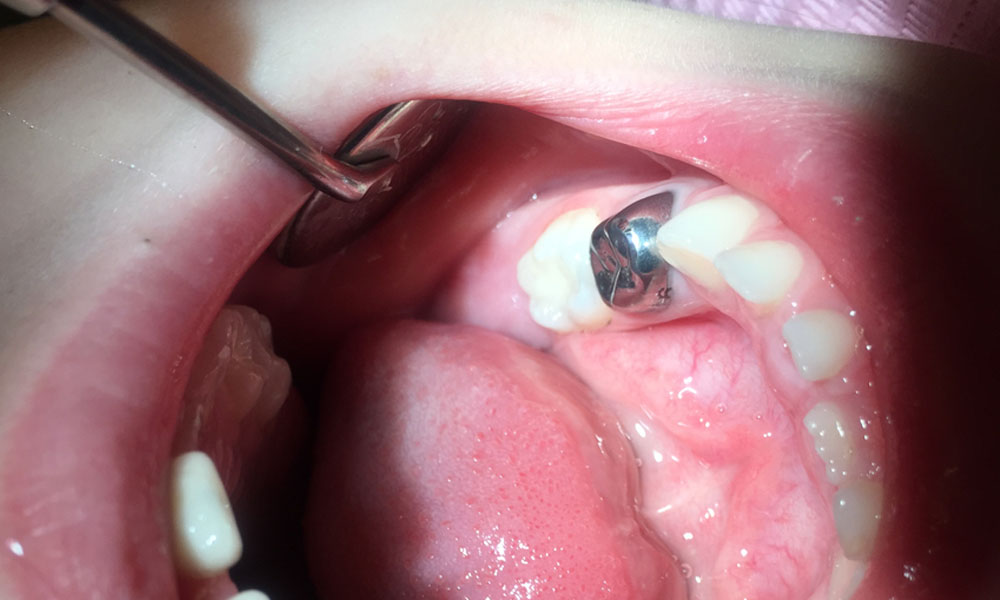ADA data registry helps dentists answer questions about treatments, outcomes

Dental practices have a trove of information about their patient care, including clinical information and dental findings. Dentists can gain useful insights about how their practice is treating patients and can use this data to help inform future care decisions — if they can sort through and analyze the high volume of information to identify trends and patterns.
Finding these insights is easy with the ADA’s Dental Experience and Research Exchange (DERE)™,the first dental data registry open to all practice types. Participating dental practices will have access to a personalized dashboard designed to help them better understand and track their practice’s treatments and outcomes. Open Dental is the first practice management system to integrate with DERE, and you can sign up to stay updated on future integrations.
What Reports Can Dental Practices Access in DERE?
DERE offers a number of reports that can help provide easily digestible analytics about your practice and patient care. These reports span five categories: population profile, continuity of care, dental caries: prevention and management, periodontitis: prevention and management, and financial.
Reports available to DERE users include, but are not limited to:
• Practice Population Profile: A demographic profile of the practice based on all the patients active in the practice in the last 3 years.
•Utilization of Services by CDT Codes: Presents the frequency of procedures (CDT codes) recorded during the measurement period.
•Continuation of Care within Practice: Presents the percentage of patients who received an oral evaluation in the practice during the prior year and returned to the practice to receive an oral evaluation during the measurement year
• Recall Compliance:Patients with Tooth-borne Restorations/Prosthesis: Presents the percentage of active patients with tooth-borne restorations/prosthesis who received an oral evaluation at least twice a year.
• Advancing Severity of Care Rates (Restorations Following Sealant Placement): Among active patients in the practice, this report presents the percentage of all teeth that were originally sealed that then progressed to receiving occlusal/proximal restorations.
Dive deeper into your data by stratifying reports by a wide range of variables, including demographic (age, gender, geography), certain medical conditions and other related patient characteristics (caries risk status, visit frequency).
Seethe full list of available reports DERE offers here .
How DERE Helps Answer Questions about Your Practice Patterns
The reports offered by DERE are designed to identify trends to support quality improvement. Let’s look at the questions two of DERE’s reports can help answer — and how those answers can help you advance patient care at your practice.
Understanding Your Practice’s Use of Topical Fluoride
Find out if your patients are receiving topical fluoride and uncover insights about treatment trends and patterns in your practice using DERE’s Topical Fluoride Application report. This report presents the percentage of active patients who receive fluoride applications during the measurement year.
The Topical Fluoride Application report can help you answer questions including:
• What percentage of my patients are receiving at least one fluoride application?
• What percentage of my patients are at elevated risk for caries?
• What percentage of my patients aged 10-11 have at least two topical fluoride applications?
• Over time, is the total percentage of my patients who receive at least two topical fluoride applications stable, increasing, or decreasing?
The answers to these questions can help you understand which patients should be receiving topical fluoride, if increased education around topical fluoride is needed, and how the overall use of fluoride is impacting the risk for caries for patients at your practice.
Improving Care for Patients with Diabetes
Find out if your patients with diabetes are receiving follow-up care and uncover insights about trends and patterns in your practice using DERE’s Care for People with Diabetes report.
This report presents the percentage of active patients with a history of diabetes who received follow-up care in the practice during the measurement period.
This report can help you answer questions including:
• What is the percentage of my patients with diabetes who have received follow-up care (evaluation, prophylaxis or periodontal treatment procedure)?
• Does the percentage of my patients with diabetes who received follow-up care vary by any of the stratification variables?
• Over time, does the percentage of my patients with diabetes who receive follow-up care stay stable, increase or decrease?
The answers to these questions can help you understand which patients with diabetes are receiving follow-up care, trendsin the follow-up care, and if increased education around diabetes maintenance is needed.
Ready to uncover insights about your practice to help improve your patient care? Visit ADA.org/DERE to enroll.



